
Dormice and water voles: Two of Britain's best-loved countryside mammals, are recovering from the brink of extinction thanks to conservation programmes to save them. Both animals are well known through popular fiction: the dormouse was immortalised in Alice's Adventures in Wonderland and Ratty in Wind in the Willows is a water vole. Intensive farming techniques, pollution and climate change had threatened to wipe out both species across much of England.
Bumblebees: The five most threatened bumblebees in England have made an unprecedented comeback in the South East this year thanks to environmental work by farmers. The large garden bumblebee, the shrill carder bee, the red shanked carder bee, the moss carder bee and the brown banded carder bee are all considered under threat. The species have suffered from intensive farming, that means there are less wildflowers and the spread of towns and cities.

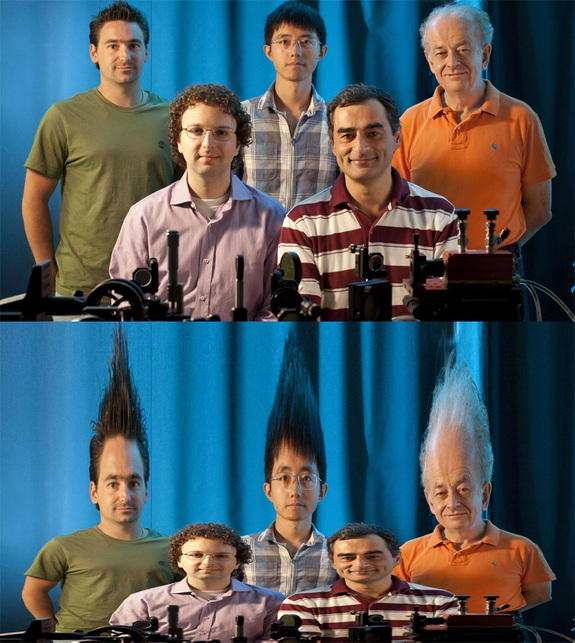

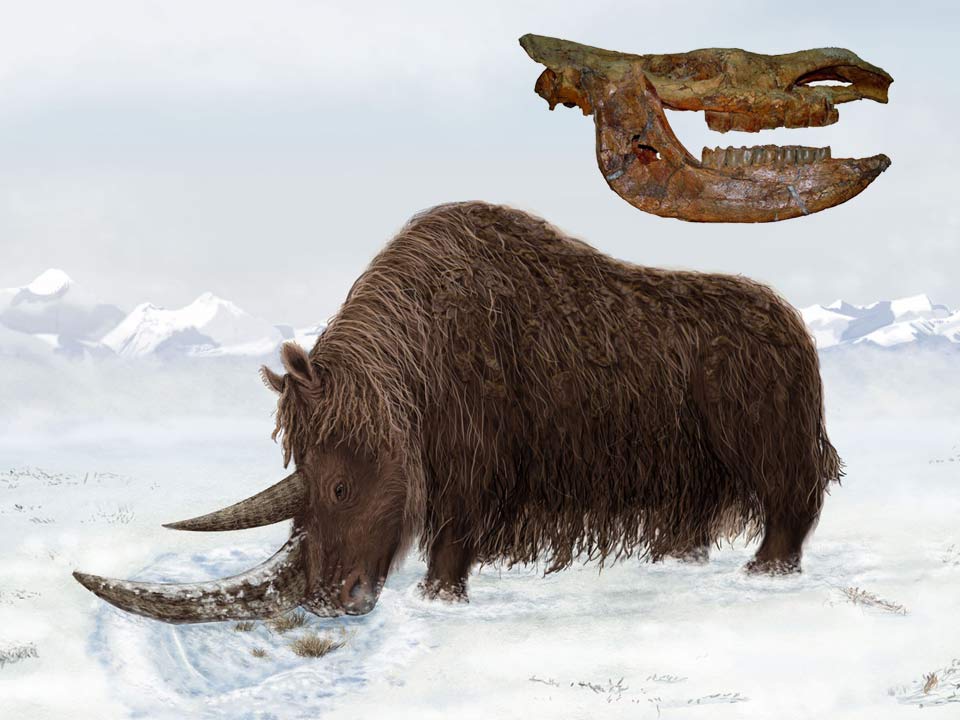
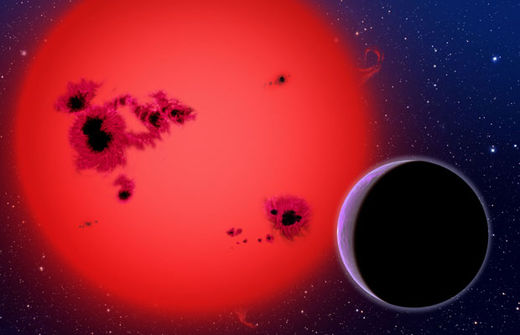

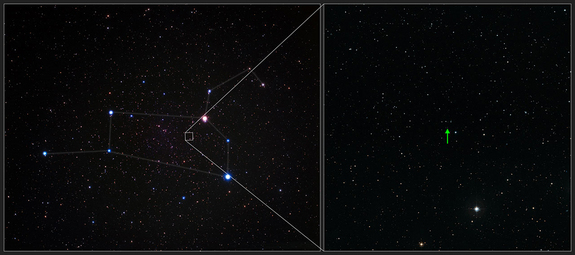
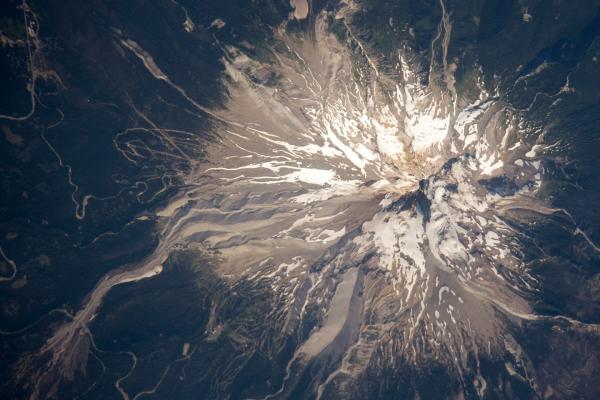



Comment: The public should be sceptical - the money behind this phony "science" knows full well that this is all a distraction and deliberate diversion of public funds, away from those areas of scientific research where funding and attention is desperately needed, like working out how to screen for psychopathology from ALL positions of social responsibility and developing mitigation and preparedness systems in the event of imminent Earth Changes and the Sixth Extinction awaiting humanity at the bottom of the looming cliff, not to mention the fact that an Ice Age is coming.